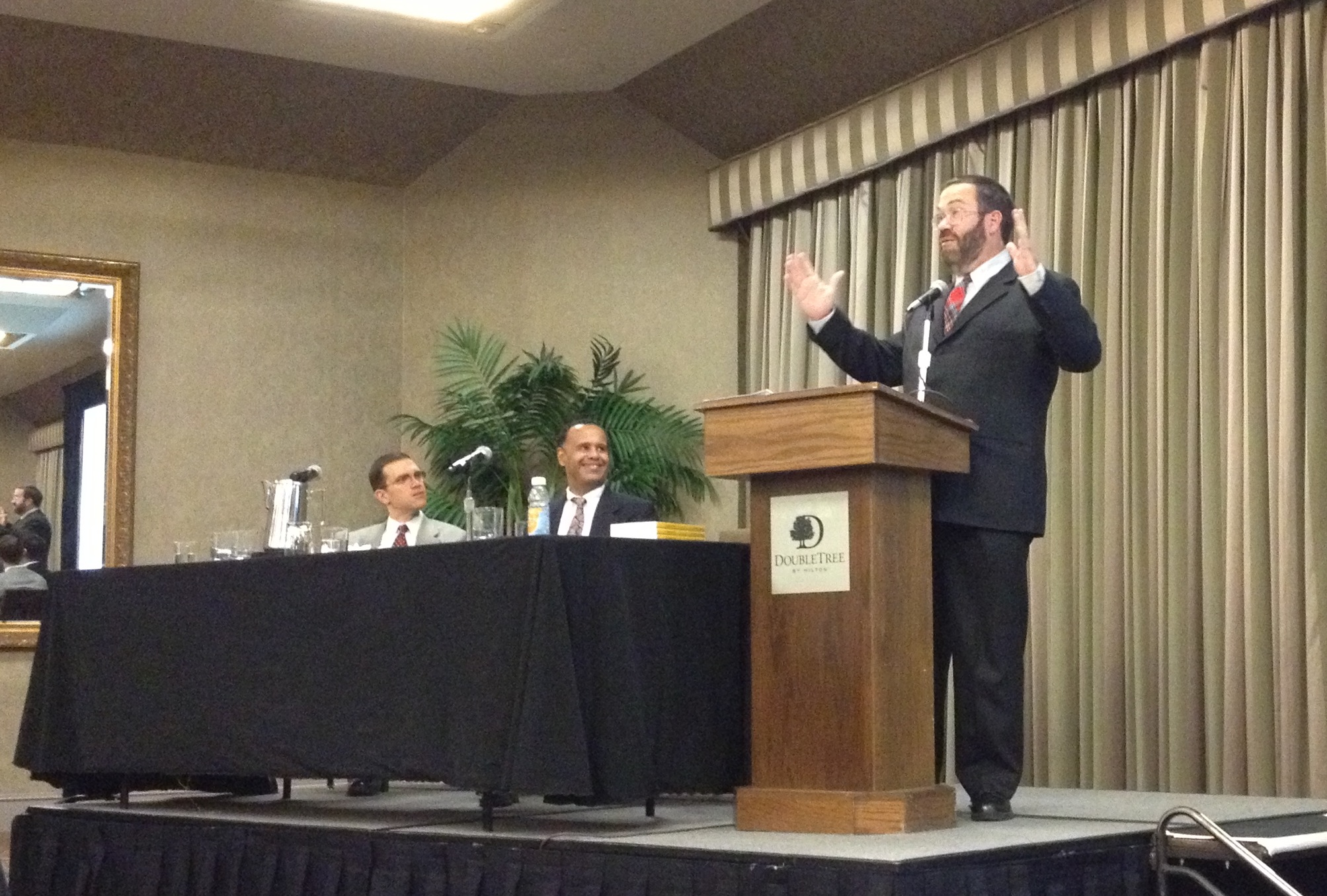The decision is here. It’s important to note that this is a California state court and not federal court, but since the McDonald decision, the Second Amendment is applicable to the states and state courts are bound to consider it. Well, consider it the California Appeals court did, and decided the right was essentially meaningless, and because an AK-47 is at least as dangerous as a short barreled shotgun, it could be banned, since Heller agreed short barreled shotguns could be banned. Dave Hardy notes:
The inclination of the court is obvious. The situation probably indicates how essential it is to “develop a record” at the trial level. What proportion of firearms are “assault weapons”? One of the answers is that over 20% of current rifle production is by manufacturers who make nothing but AR-platform rifles.
Trial courts are finders of fact, so having trial evidence that these are, in fact, weapons in common use and not unusual (I’d note that Heller says dangerous and unusual, not dangerous or unusual), could help on appeal. I also don’t think one can single out a single model of firearm. I could find plenty of handguns by model or description that are unusual, but few would argue ought to be banned because they fit inside a broader type of gun that’s common. I think you have to consider firearms by functional class, in other words, can you ban or restrict semi-automatic rifles? Bolt action rifles? Lever action? Machine guns? Not by singling out a single model by name, or some obscure feature that doesn’t have any real bearing on how people normally classify firearms.
But then again, I don’t really think the courts give a crap, to be honest. I’ve gotten little indication that most state and lower federal courts, and even most federal circuit court show much interest in seriously evaluating the current state of the law, and making an honest attempt to construct a meaningful right.

